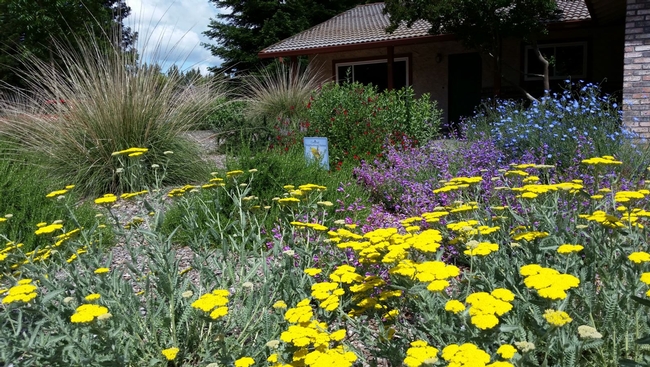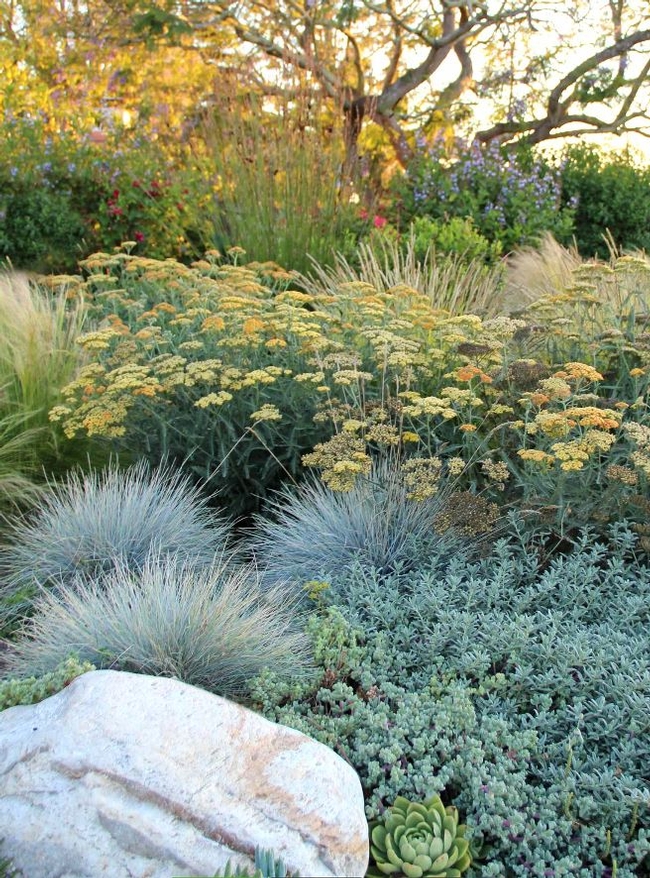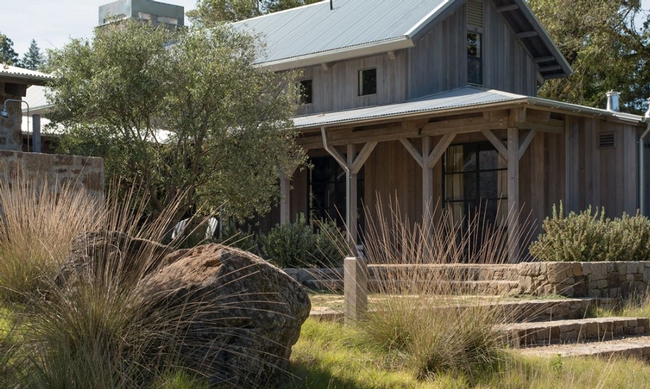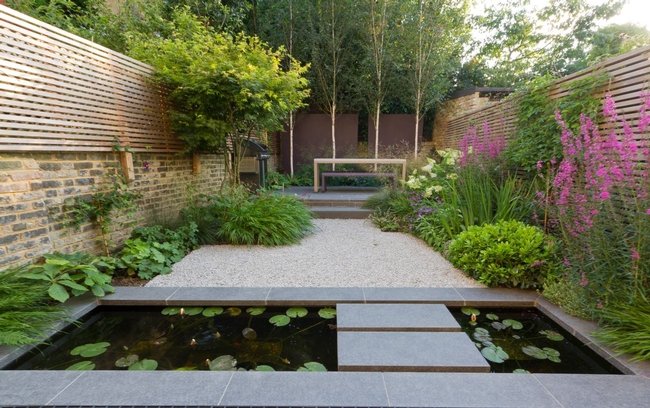In Part One, What Can I Give My Plants, you were encouraged to analyze your planting site, and to determine the existing conditions in your garden space. With site map in hand, the fun begins as you explore our second guiding question,What garden style do I want?

Since there are endless garden styles to choose from, consider simplifying your quest by using the style of your home as an organizing principle. Planting designs that complement a home's architecture create a cohesive feeling. For example, the clean lines of mid-century modern architecture feel at home with simple plantings emphasizing foliage over flowers. Pairing a cute bungalow with an informal or fanciful garden harmonizes with the home's charm and stature. You can also unify your house and garden by selecting plants that repeat or contrast with the home's distinctive color scheme.
Some of the many possible garden styles include the following:

Drought Tolerant: Very timely, and in keeping with the Master Gardeners' recommendation to garden within our water means, is the garden that focuses on plants that require little to no irrigation. Such gardens can be located anywhere on the design continuum, all the way from formal to informal, but they usually lean toward a looser, naturalistic look. Chico neighborhoods contain many examples of great drought-tolerant landscapes, by homeowners who are converting thirsty expanses of lawn to climate-appropriate plants. Many of the plants in a Chico drought tolerant garden will be native to areas with a “Mediterranean” climate like ours that has cool, wet winters and dry, hot summers.
Pollinator: Your garden design could include only plants that nurture our native bees, butterflies, and birds. Altacal, the local chapter of the Audobon society, offers a Neighborhood Habitat certification for this type of garden. Plantings in a pollinator garden are layered in height (low plants, medium shrubs, and taller trees) to offer varied habitat, and bloom times should be staggered to provide year-round nectar and pollen sources. Pollinator gardens tend to be whimsical, billowy, and informal in style.
Cottage: Also attractive to pollinators is the exuberant, free-flowing, and busy cottage garden. Here many varieties of plants rub shoulders in a tangle of flowers and vines, while paths are winding and overgrown, creating a truly informal style.
Formal: The antithesis of the cottage garden is one that contains shrubs coaxed into symmetrical geometric designs, with defined paths echoing those arcs and angles. Usually restricted to leafy, dense shrubs and plots of lawn, the formal garden is high-maintenance and low on food for pollinators. The gardens of Versailles near Paris set the standard for formality in an intentional display of the power of man over nature and King over commoners. Jane Austen's characters later strolled amidst the shrubbery of formal English gardens.

Artsy: Perhaps you want your garden to reflect your creative nature. For this type of garden, think outside the box for construction materials and methods. Broken concrete pieces, old pottery shards, and rusted drainage pipes can make appearances in paving and planting areas. Arrange your garden with focal points for art and other surprises.
Modern: Clean and spare with asymmetrical geometry, the modern garden often incorporates industrial elements, such as corrugated steel repurposed into garden beds or used for fencing. Plants can soften the geometry or repeat it but this garden style generally favors foliage over flowers.

Start your research! Look at gardens with new eyes to identify design and style elements. Keep a log of what you want to incorporate into your own garden, and what you wish to avoid.
In the coming weeks, this column will explore question three: What Plant “Jobs” Need To Be Filled In My Yard? and question four: Is My Yard Ready To Plant? Happy Gardening!
This series of four Real Dirt articles summarizes the presentation Butte County Master Gardener Eve Werner created for the Butte County Master Gardeners Spring 2017 Workshop Series. For more information about the Butte County Master Gardener Program, please visit http://ucanr.edu/sites/bcmg/